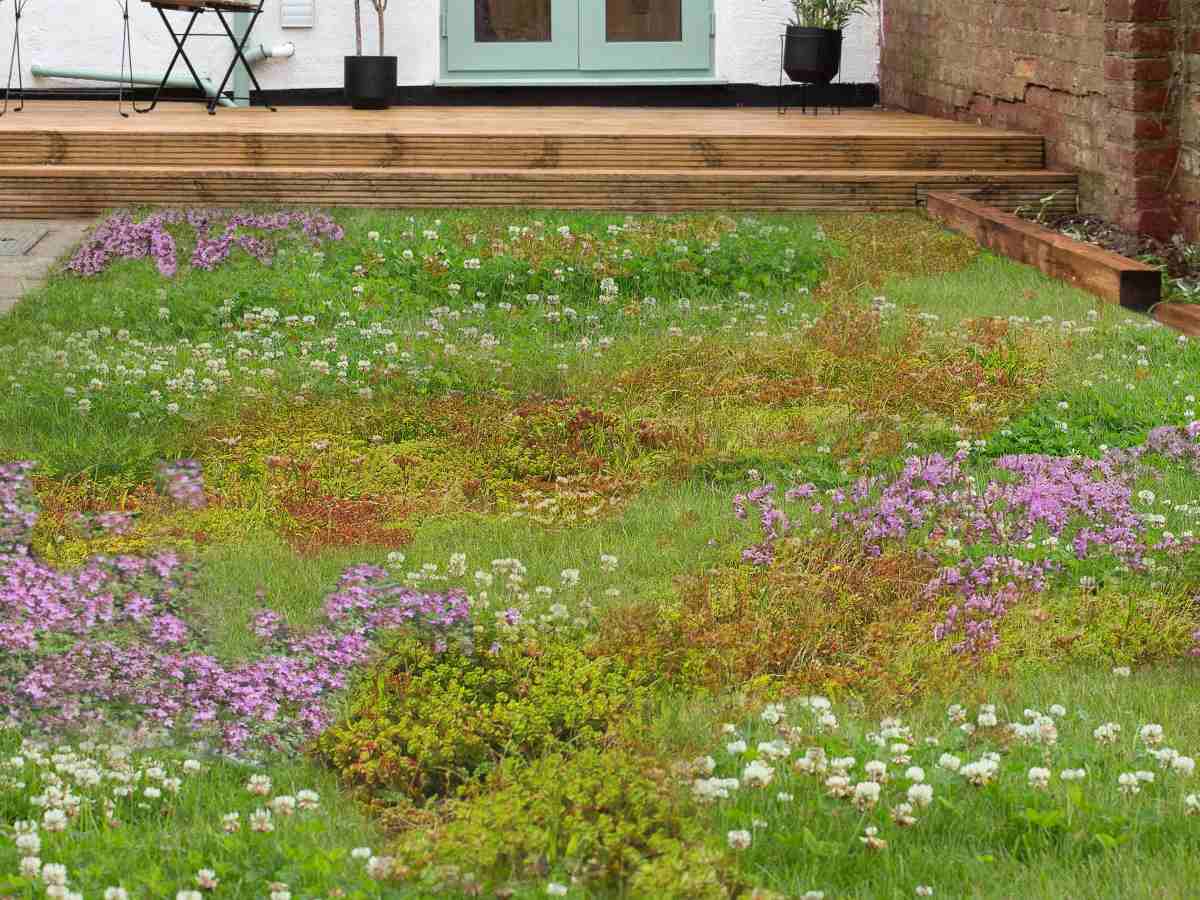Low Maintenance Gardens
Choosing the right plants, design elements, and maintenance strategies, you can create a beautiful and sustainable outdoor space that allows you to enjoy your garden without the need for constant tending.
Low Maintenance Gardens

Low Maintenance Gardens
Creating a low maintenance garden can be a great way to enjoy your outdoor space without the need for constant upkeep. By following some key principles and choosing the right plants and design elements, you can create a beautiful garden that requires minimal effort to maintain. In this guide, we will walk you through the steps you need to take to create a low maintenance garden based on the content from the Royal Horticultural Society (RHS) website.
Choose the Right Plants
One of the most important factors in creating a low maintenance garden is choosing the right plants. Look for plants that are well-suited to your climate and soil conditions, as they will be more likely to thrive with minimal attention. Opt for plants that are drought-tolerant, disease-resistant, and low-maintenance in terms of pruning and fertilizing. Some examples of low-maintenance plants include lavender, ornamental grasses, sedum, and yucca.
Design with Low Maintenance in Mind
When planning your garden layout, consider how you can reduce the need for frequent maintenance tasks. For example, creating raised beds or container gardens can help minimize weeding and make it easier to care for your plants. Grouping plants with similar water and sunlight needs together can also help reduce the amount of time you spend watering and tending to each plant individually.
Use Mulch
Mulch is a great way to help retain moisture in the soil, suppress weeds, and improve the overall health of your plants. Consider using organic mulch such as bark chips, compost, or straw, as they will break down over time and improve the soil quality. Mulching around your plants can also help reduce the need for watering and weeding, making your garden more low maintenance.
Install an Irrigation System
To further reduce the amount of time you spend watering your garden, consider installing an irrigation system. Drip irrigation systems are a great option for low maintenance gardens, as they deliver water directly to the base of the plants, reducing water waste and the need for hand watering. Timer-controlled systems can also help ensure that your plants receive the right amount of water at the right times, without the need for manual intervention.
Choose Low Maintenance Hardscaping
In addition to selecting low maintenance plants, consider incorporating low maintenance hardscaping elements into your garden design. Pathways, patios, and retaining walls made from materials such as stone, gravel, or composite decking require little to no maintenance and can help define the structure of your garden. Opt for durable materials that are weather-resistant and easy to clean to ensure that your garden stays looking its best with minimal effort.
Plan for Easy Access and Storage
Make sure to design your garden with easy access and storage in mind. Create clear pathways and seating areas that allow you to enjoy your garden without trampling on your plants or having to navigate through overgrown areas. Consider adding storage solutions such as sheds, bins, or compost bins to keep your tools, supplies, and garden waste organized and out of sight.
Prune and Deadhead Regularly
While low maintenance gardens require less frequent pruning and deadheading than traditional gardens, it is still important to stay on top of these tasks to ensure that your plants remain healthy and vibrant. Regularly prune back overgrown branches, remove dead or diseased foliage, and deadhead spent flowers to encourage new growth and avoid overcrowding.
Monitor Pests and Diseases
Keep an eye out for common garden pests and diseases that can affect your plants, such as aphids, slugs, and powdery mildew. Preventative measures such as using natural pest control methods, planting resistant varieties, and maintaining good garden hygiene can help minimize the risk of infestations and reduce the need for costly treatments.
Embrace Natural Processes
Finally, embrace natural processes in your garden to create a more sustainable and low maintenance environment. Leave leaves and other plant debris to decompose on the soil surface, providing nutrients for your plants and supporting beneficial insects. Avoid using synthetic fertilizers and pesticides, as they can disrupt the natural balance of your garden and create more work in the long run.
By following these steps and incorporating the principles of low maintenance gardening outlined on the RHS website, you can create a beautiful and sustainable garden that requires minimal effort to maintain. With careful planning, thoughtful design, and the right plant selection, you can enjoy a thriving outdoor space that allows you to relax and unwind without the need for constant upkeep.